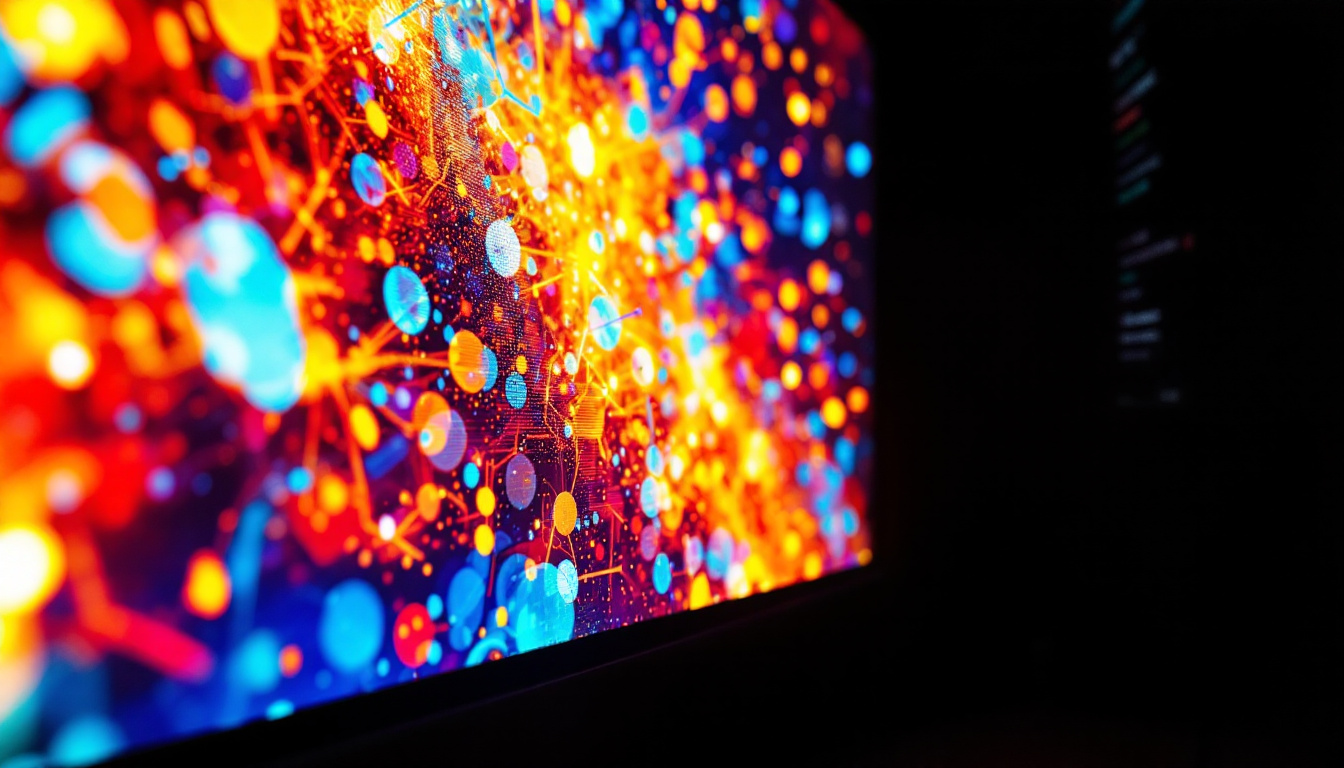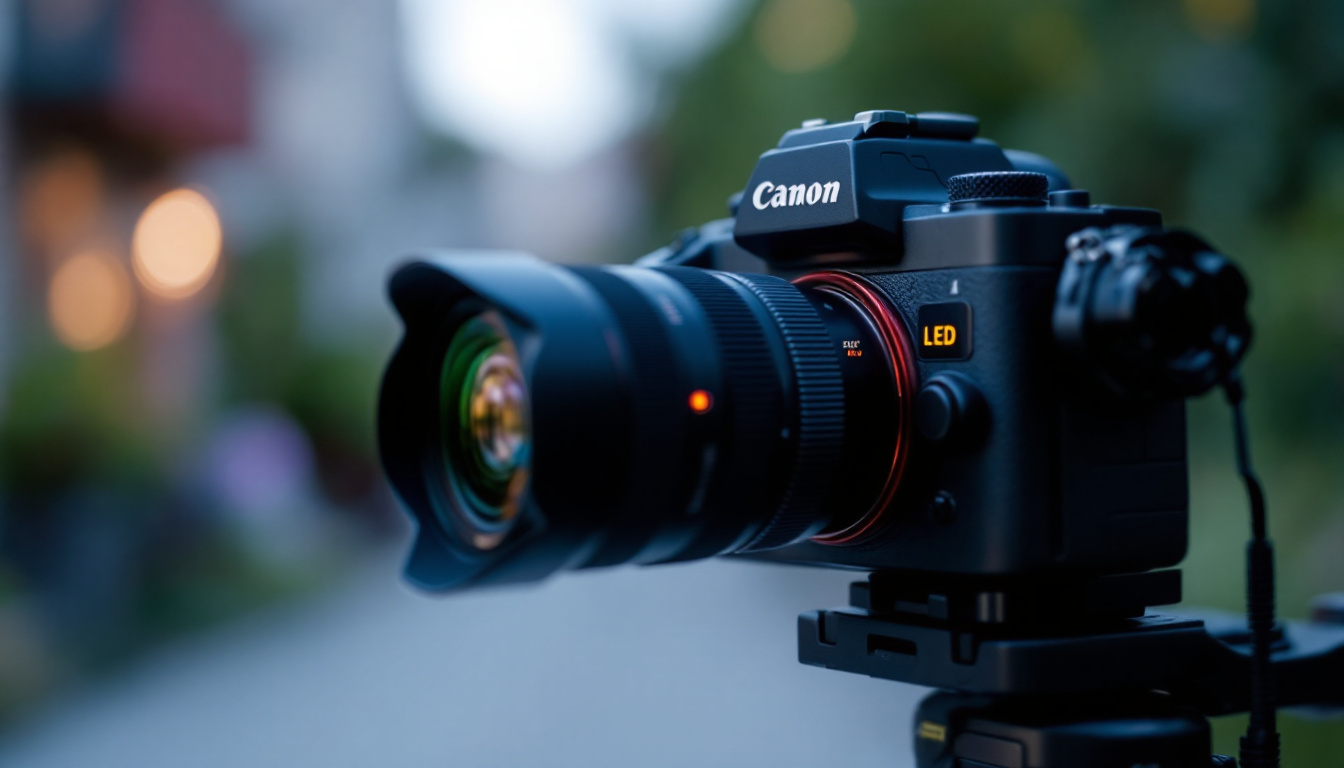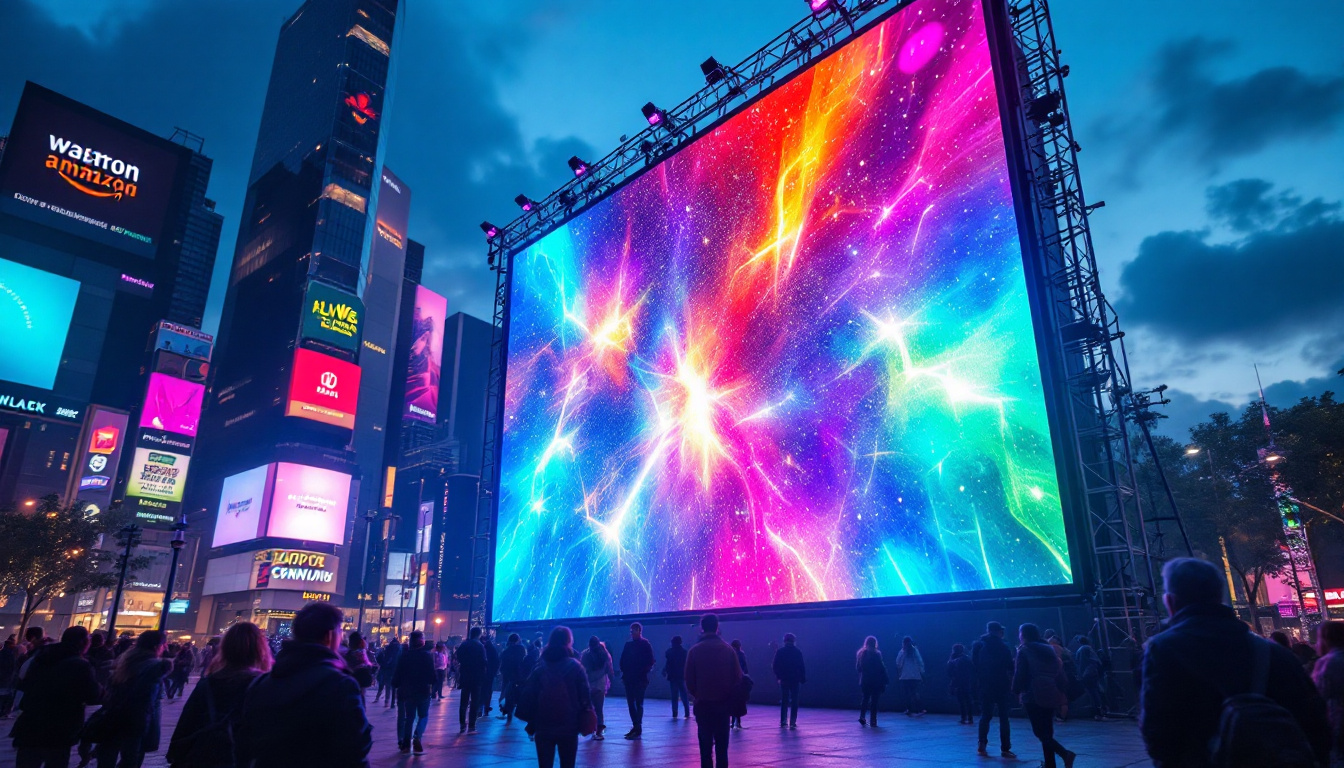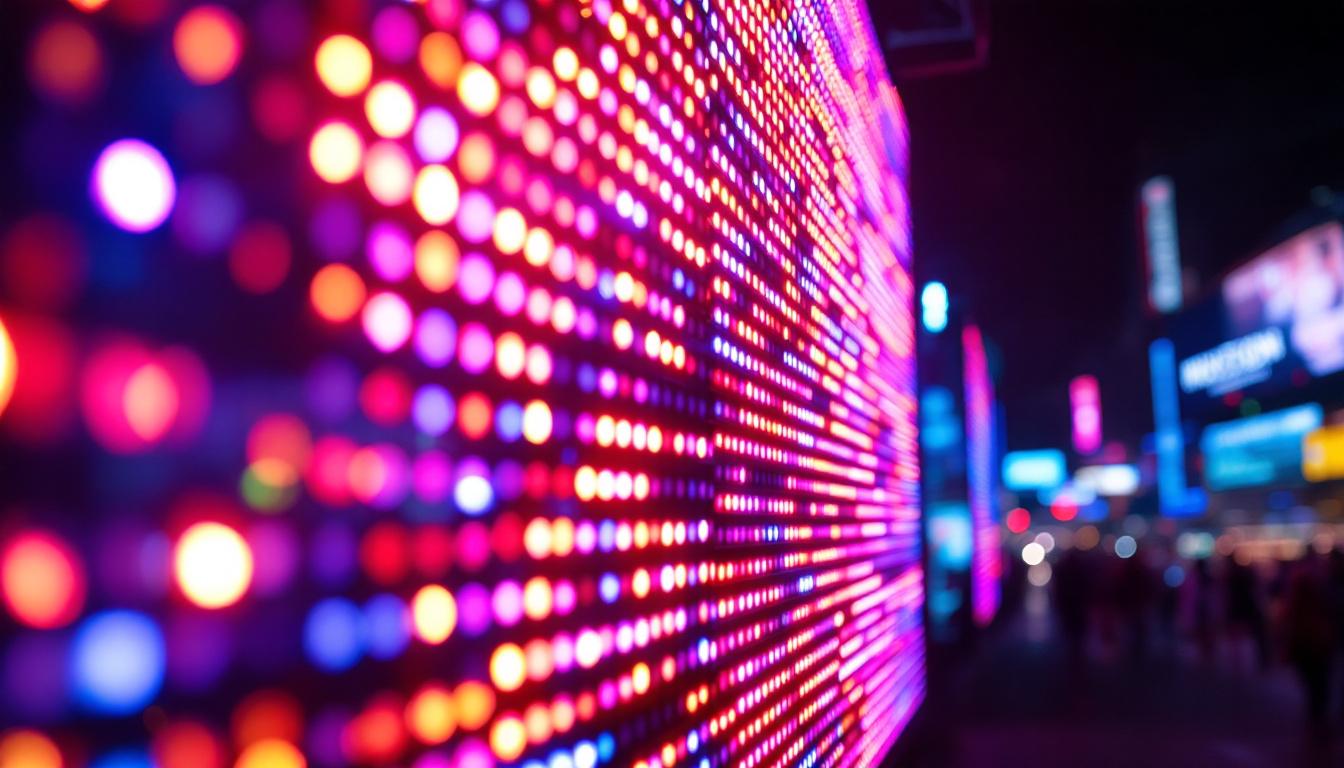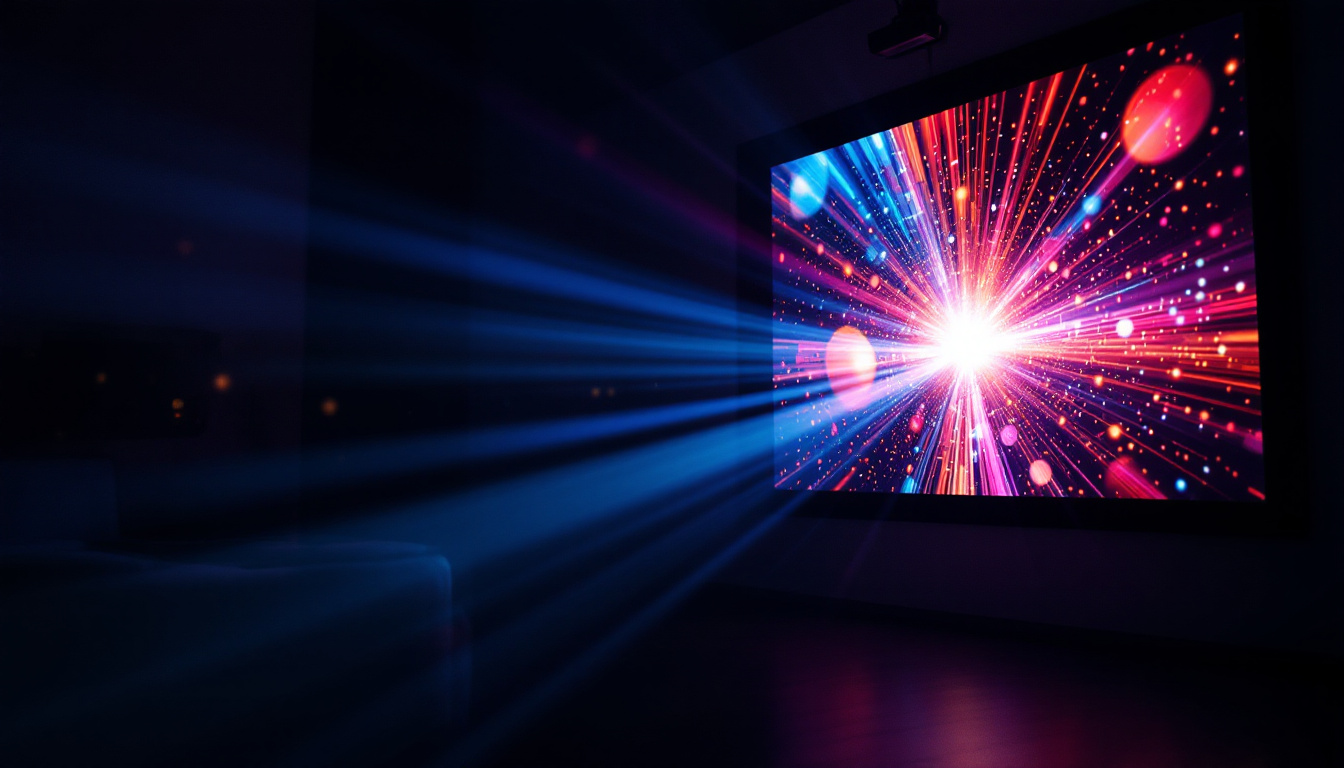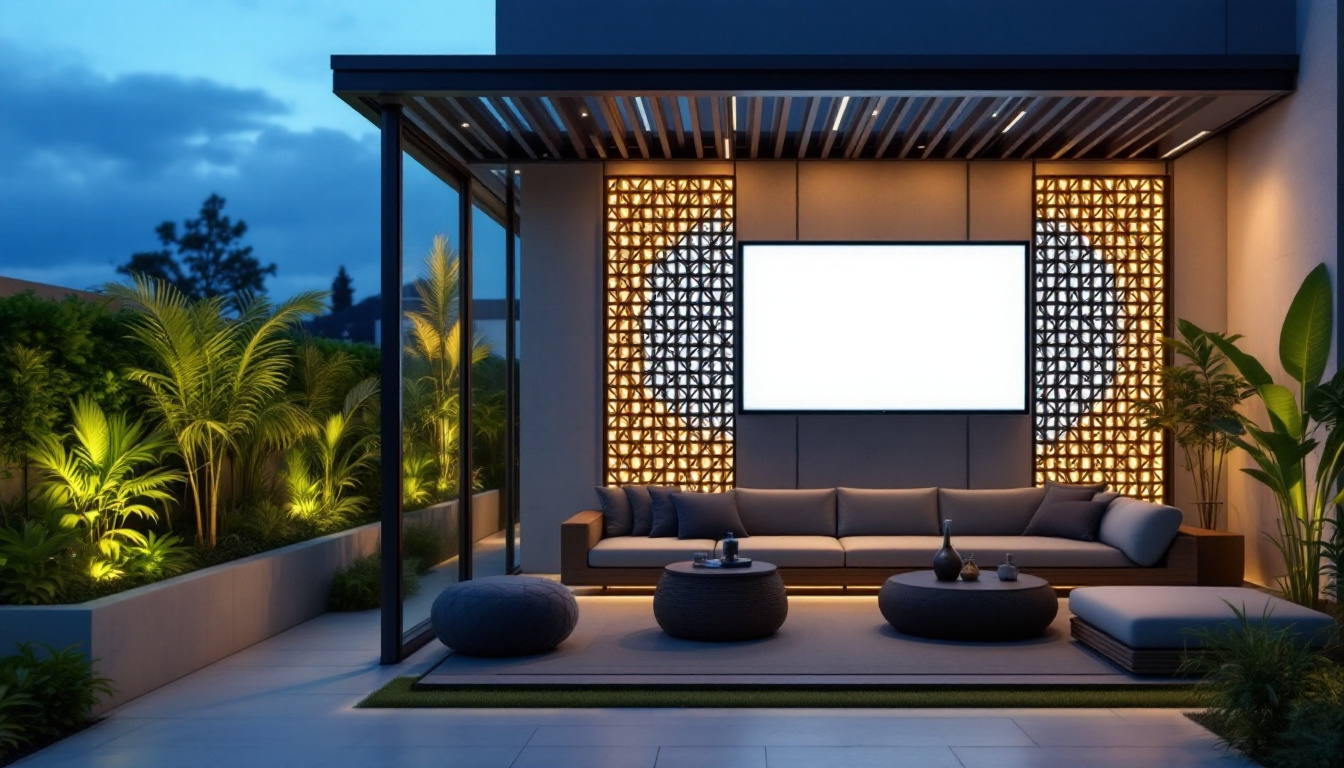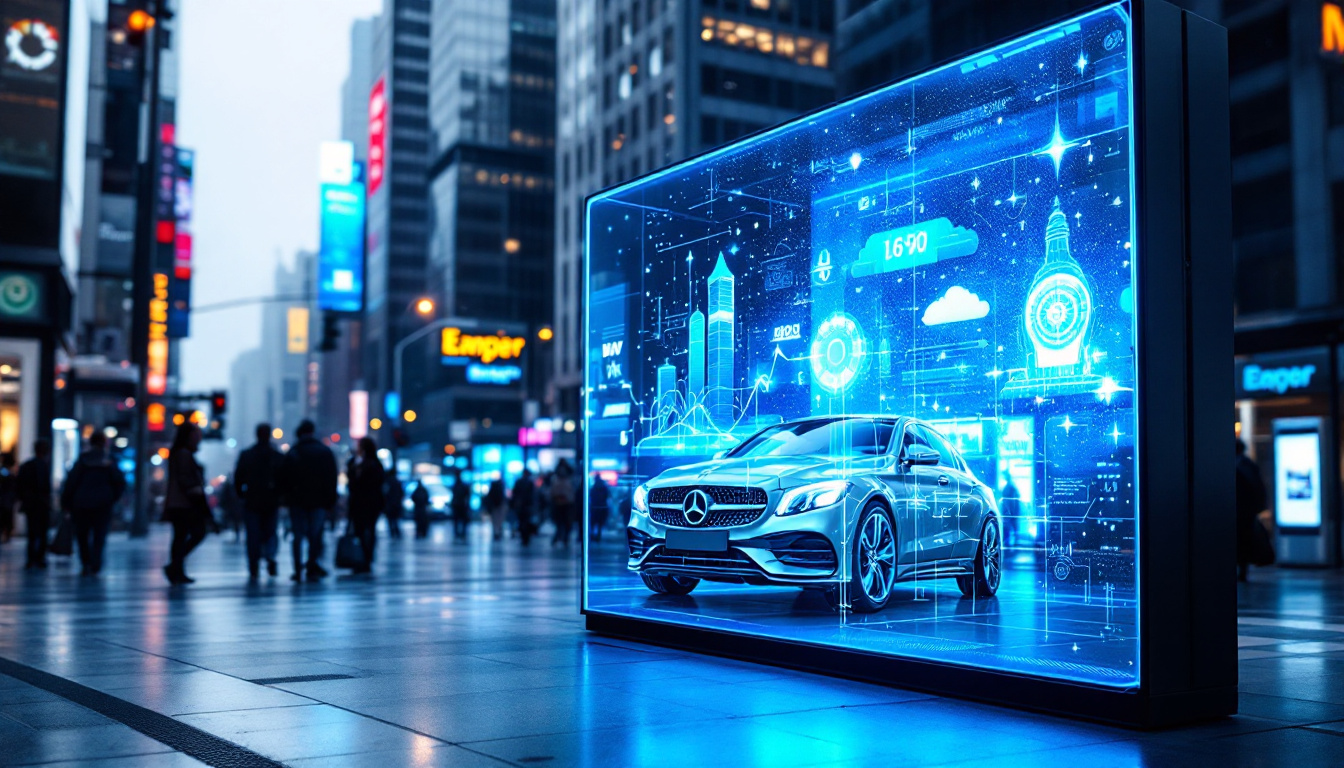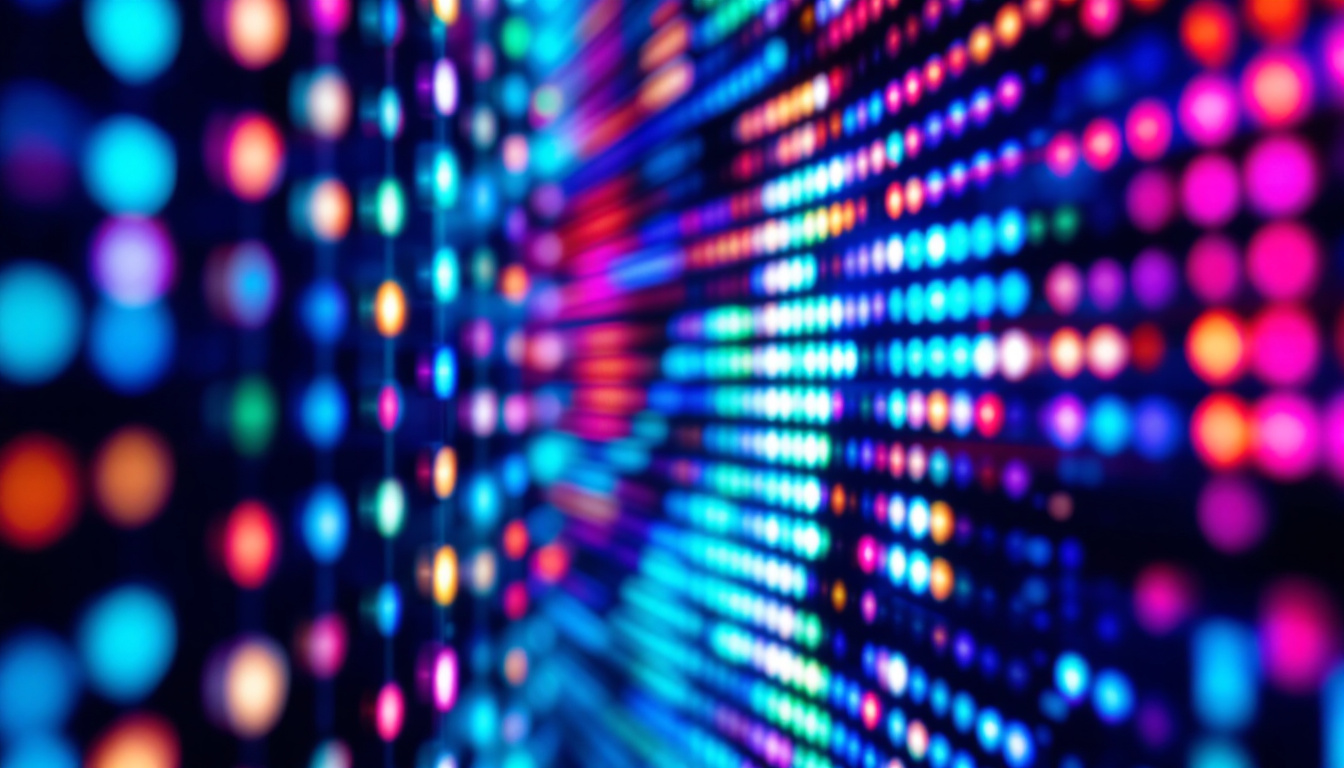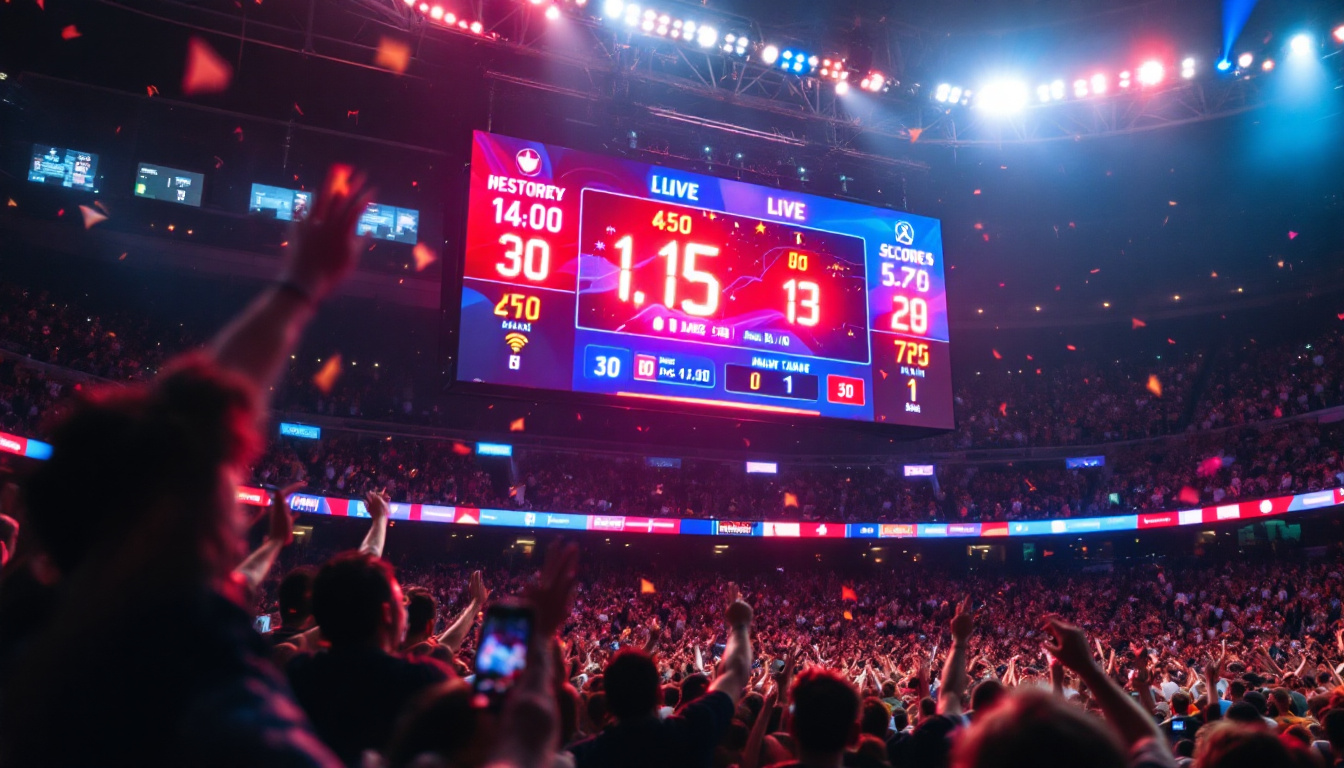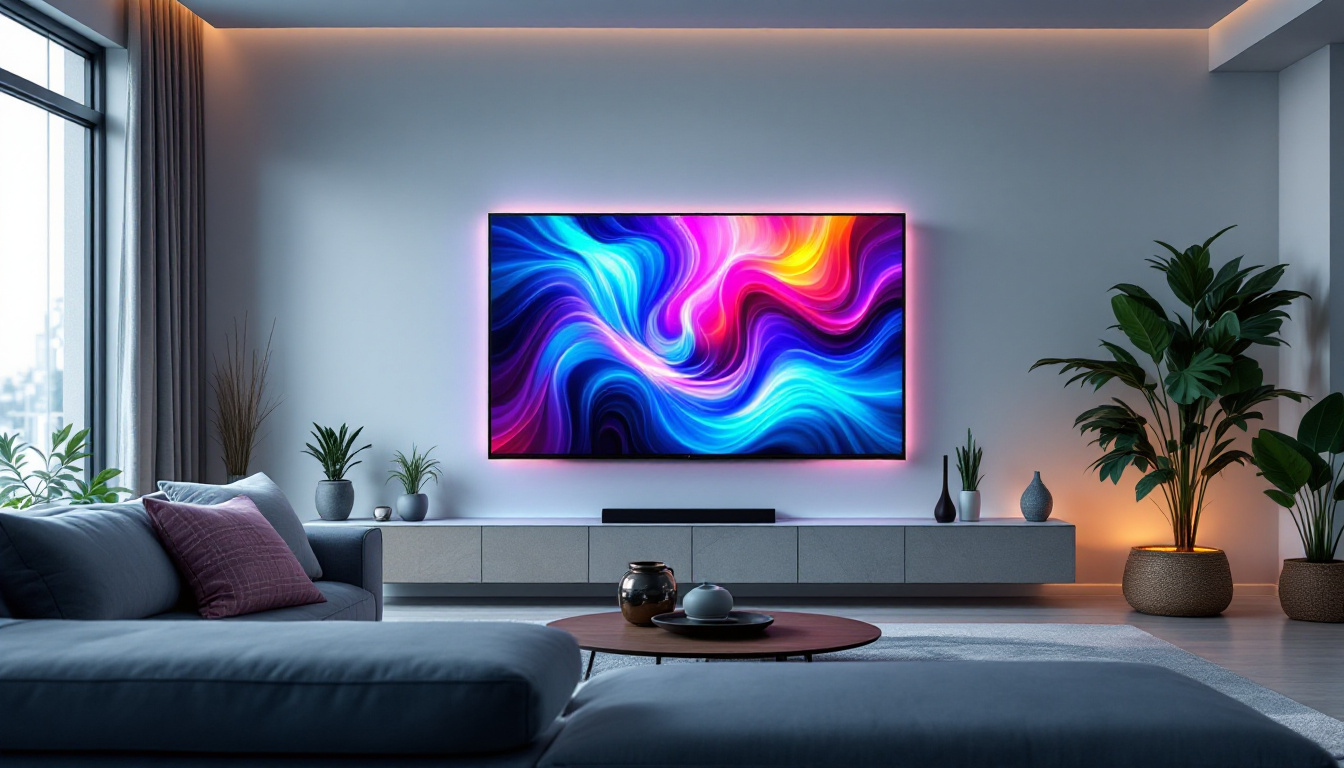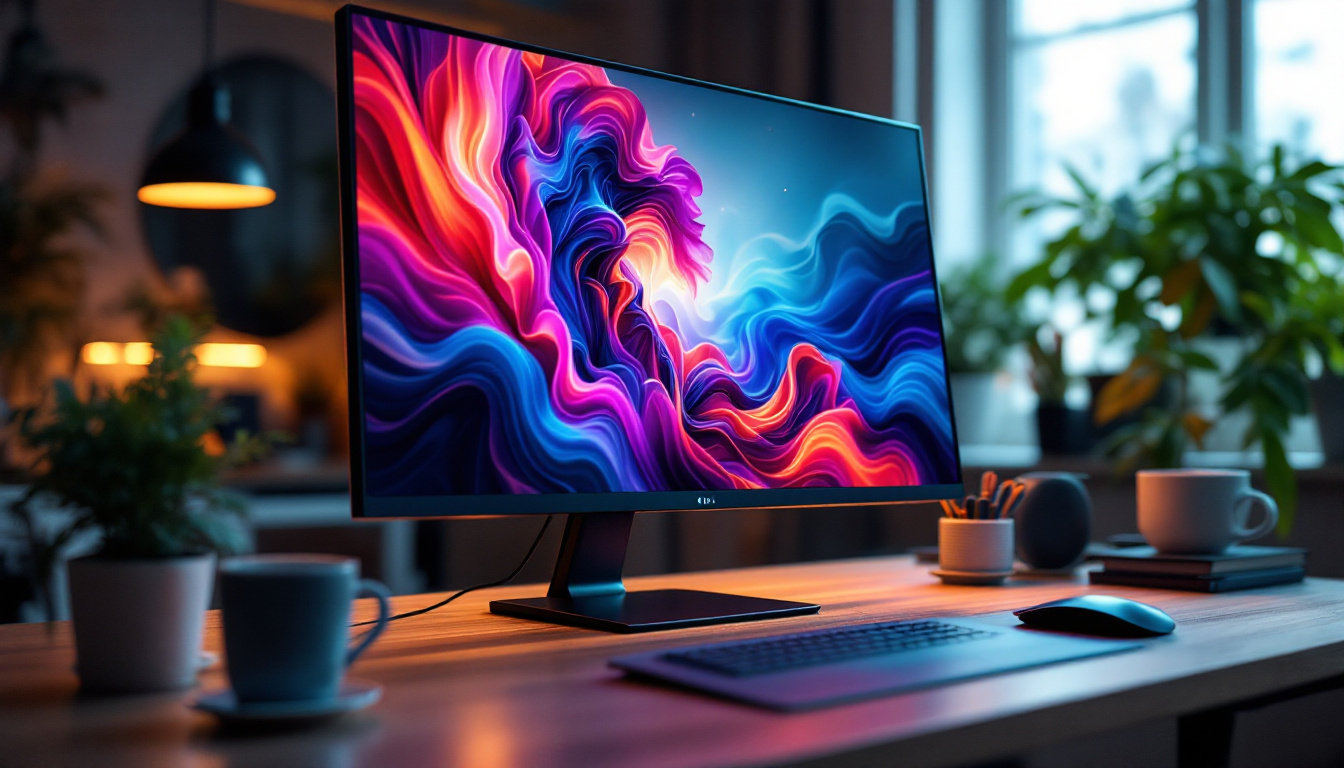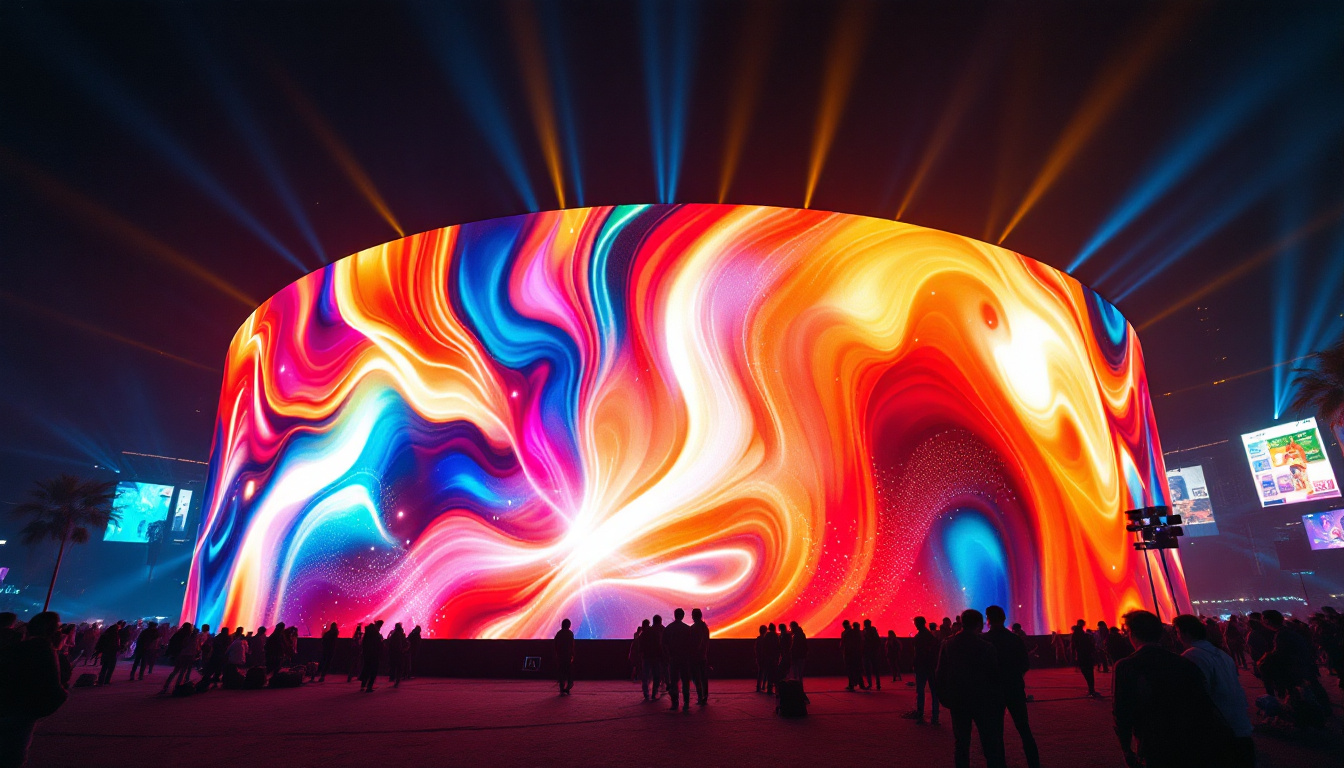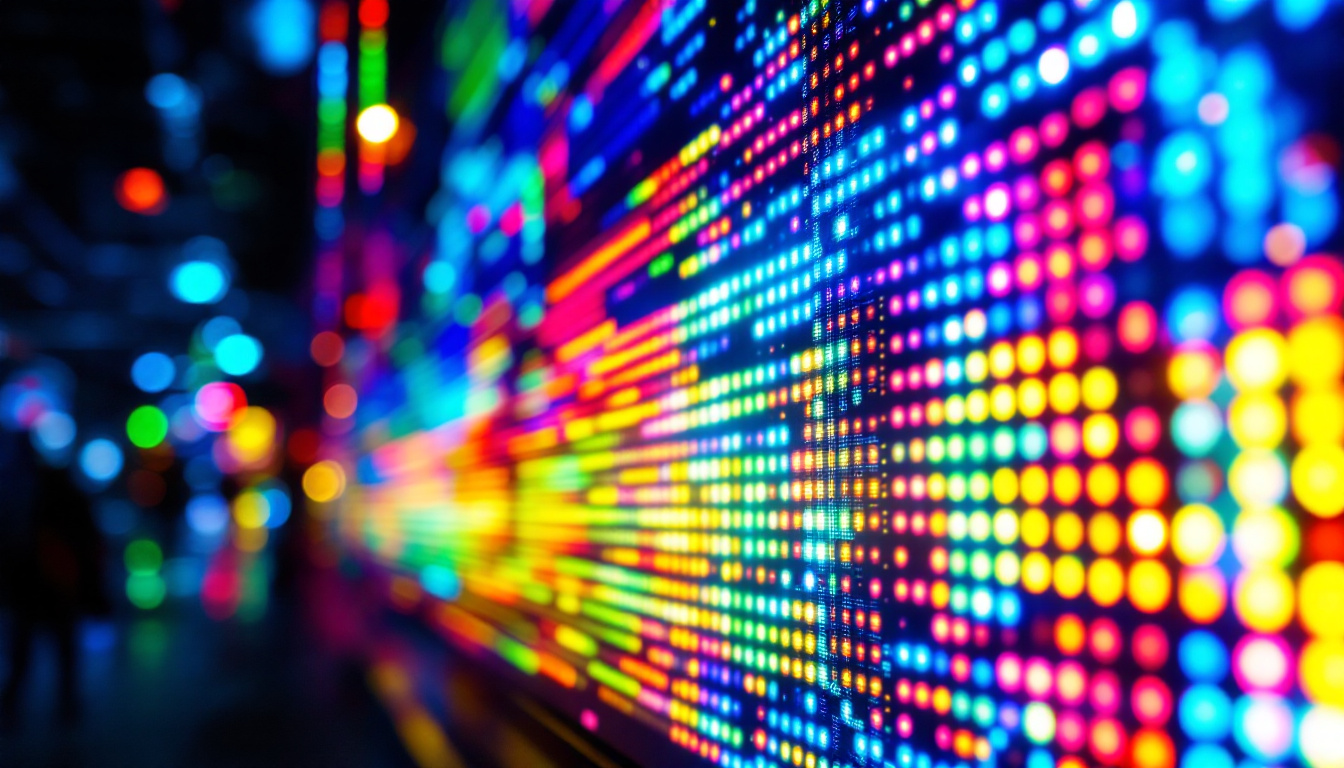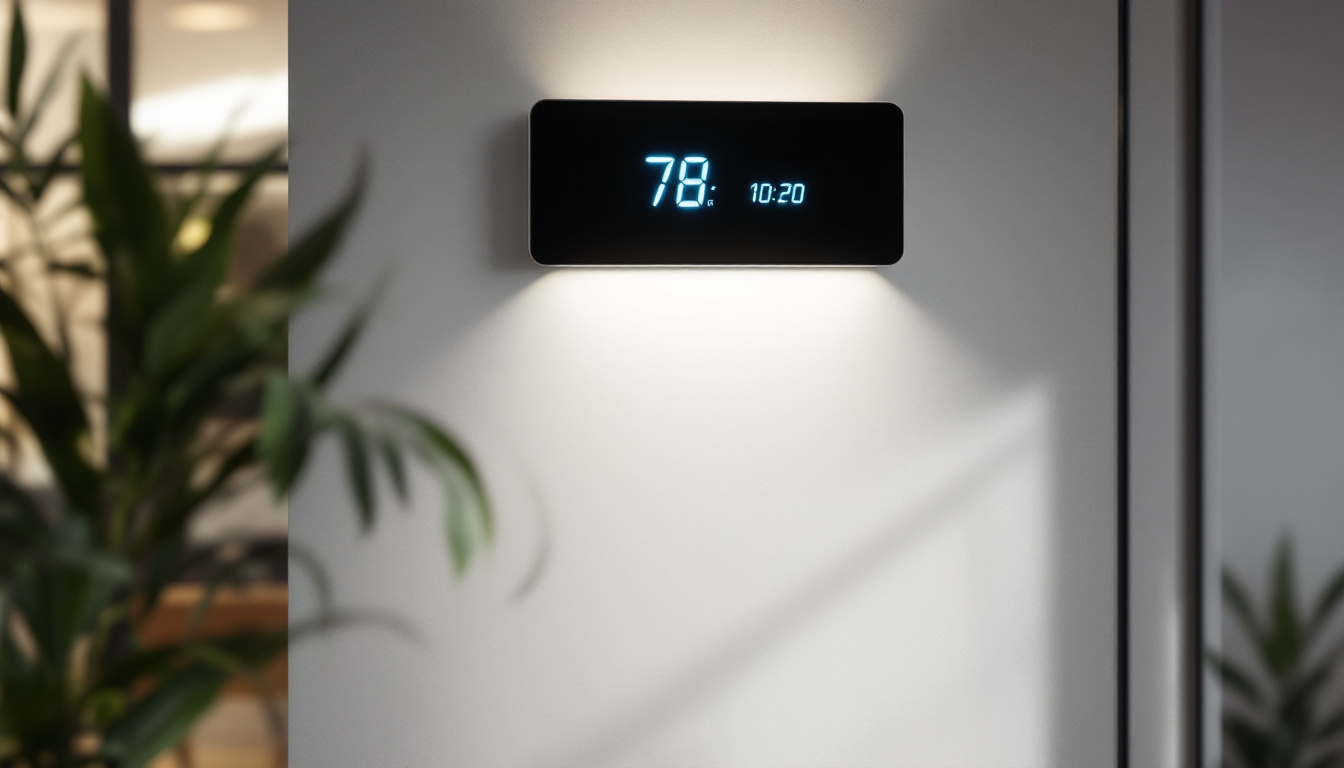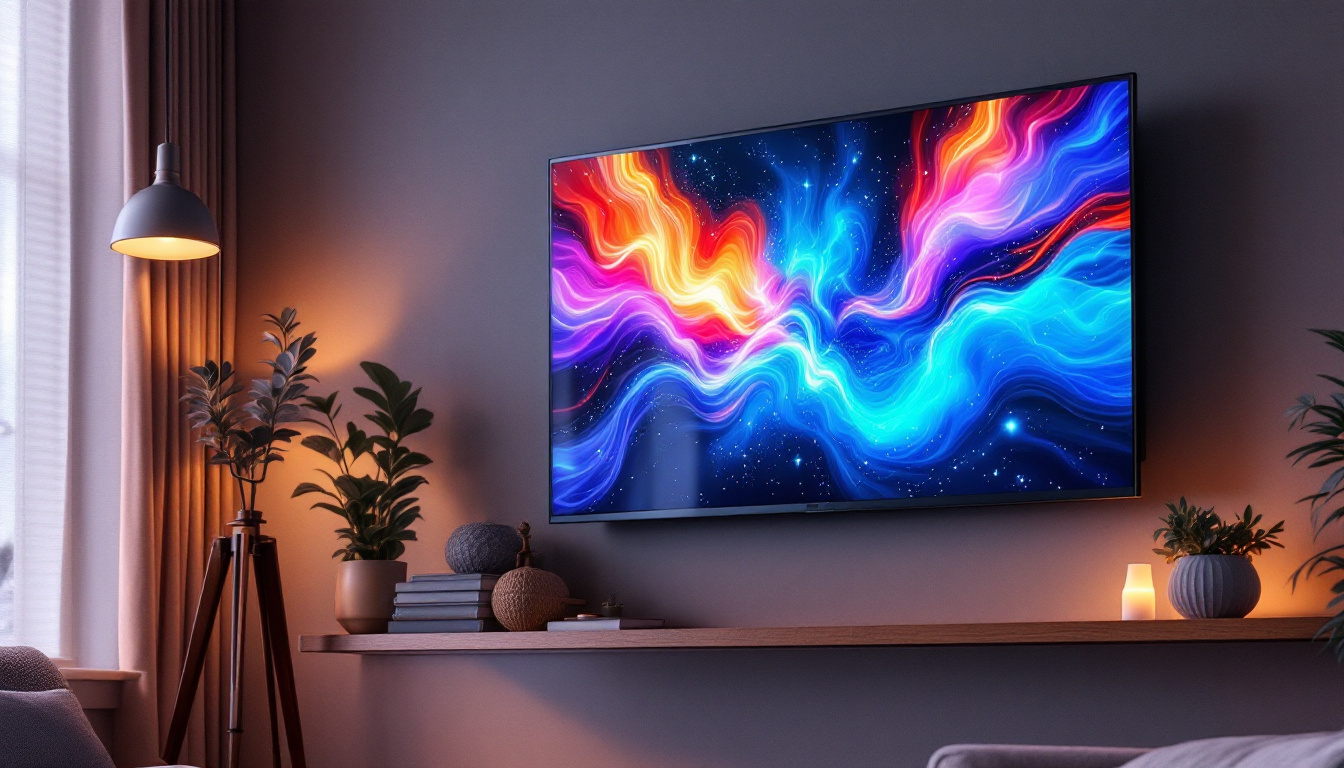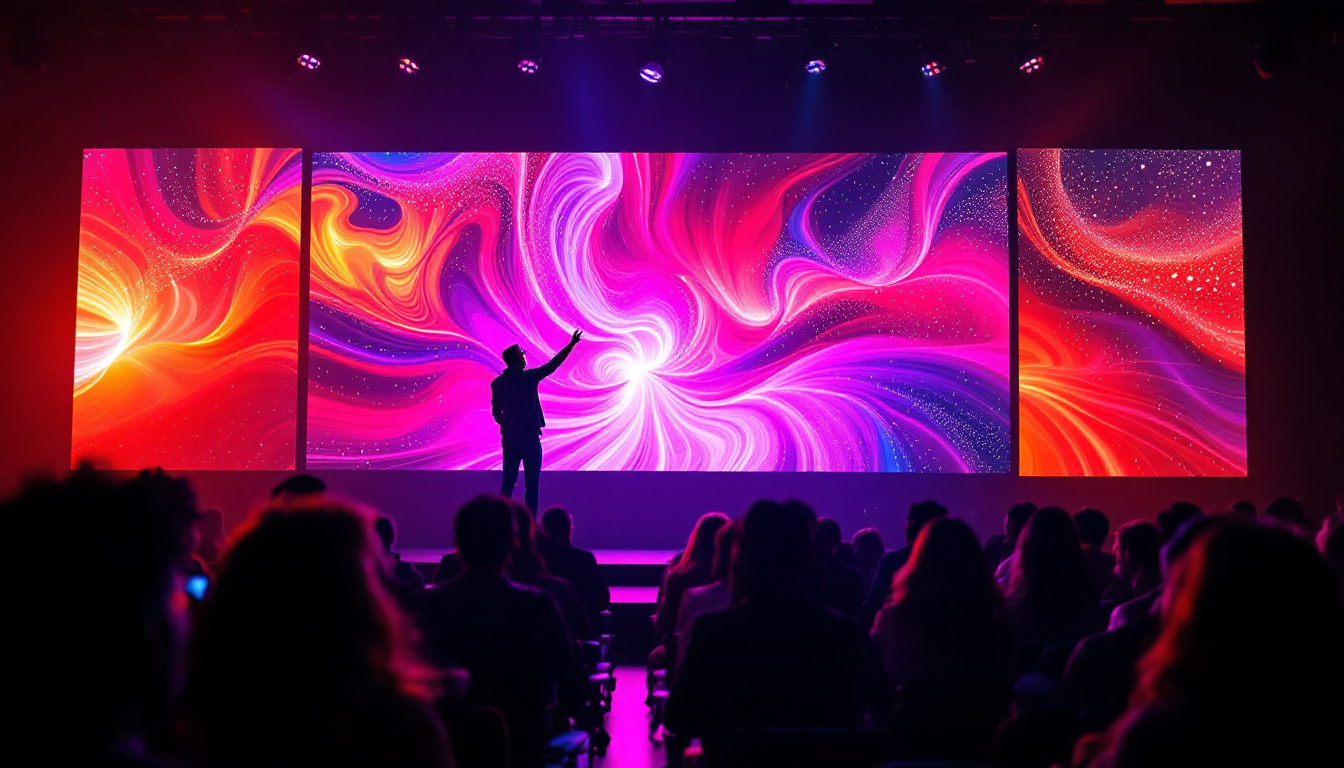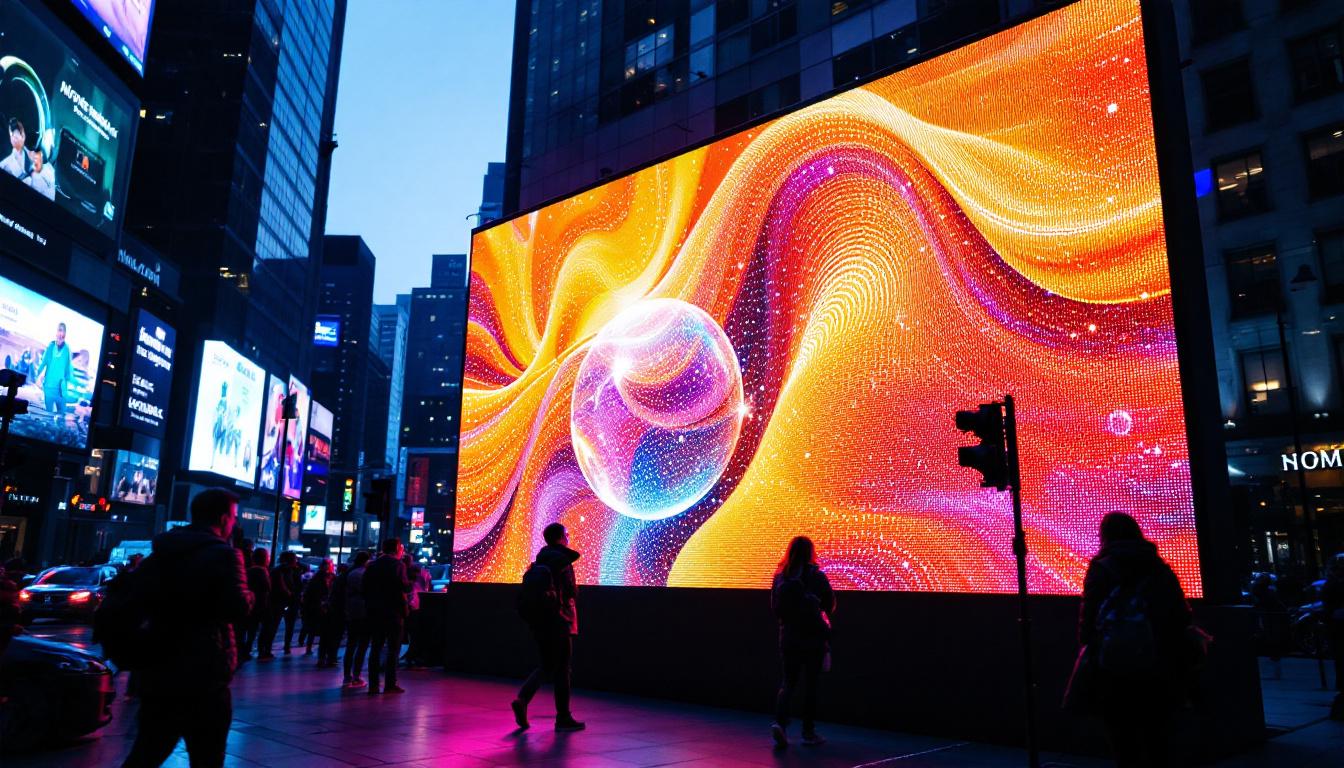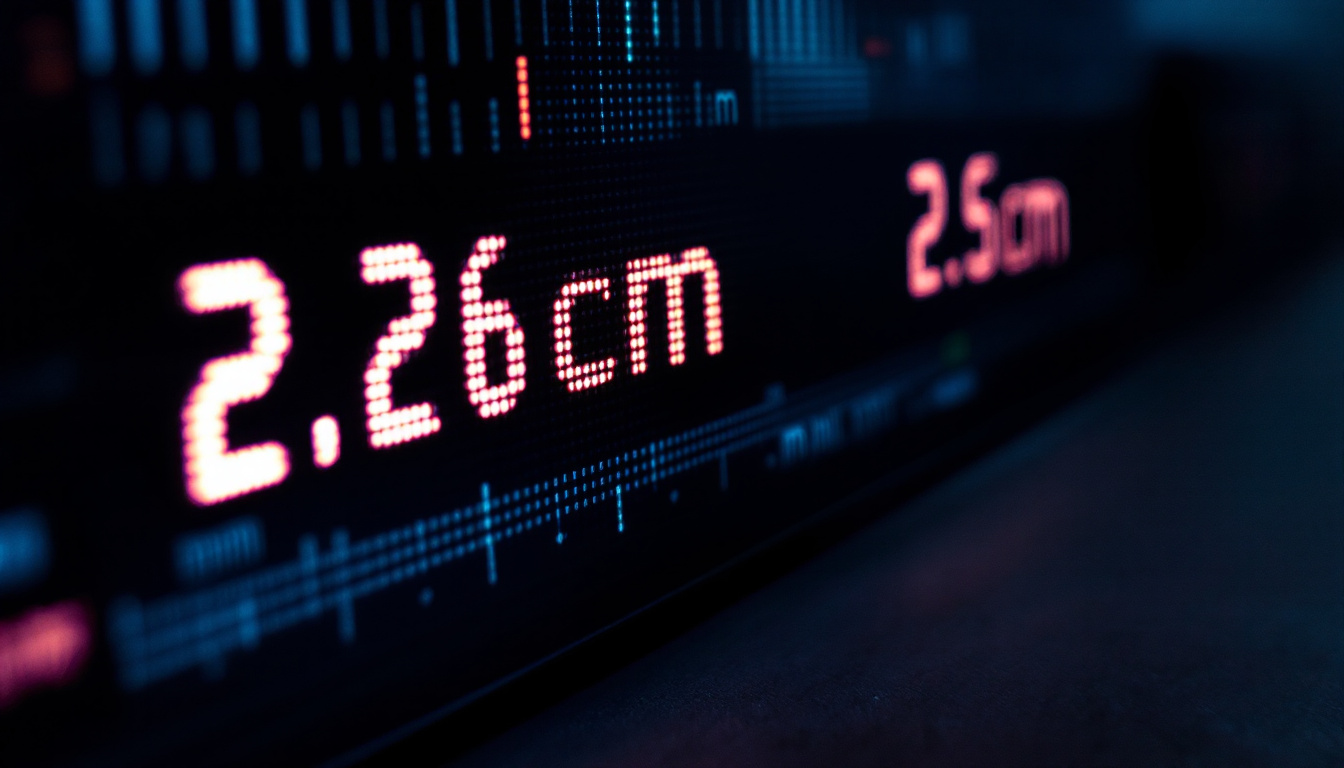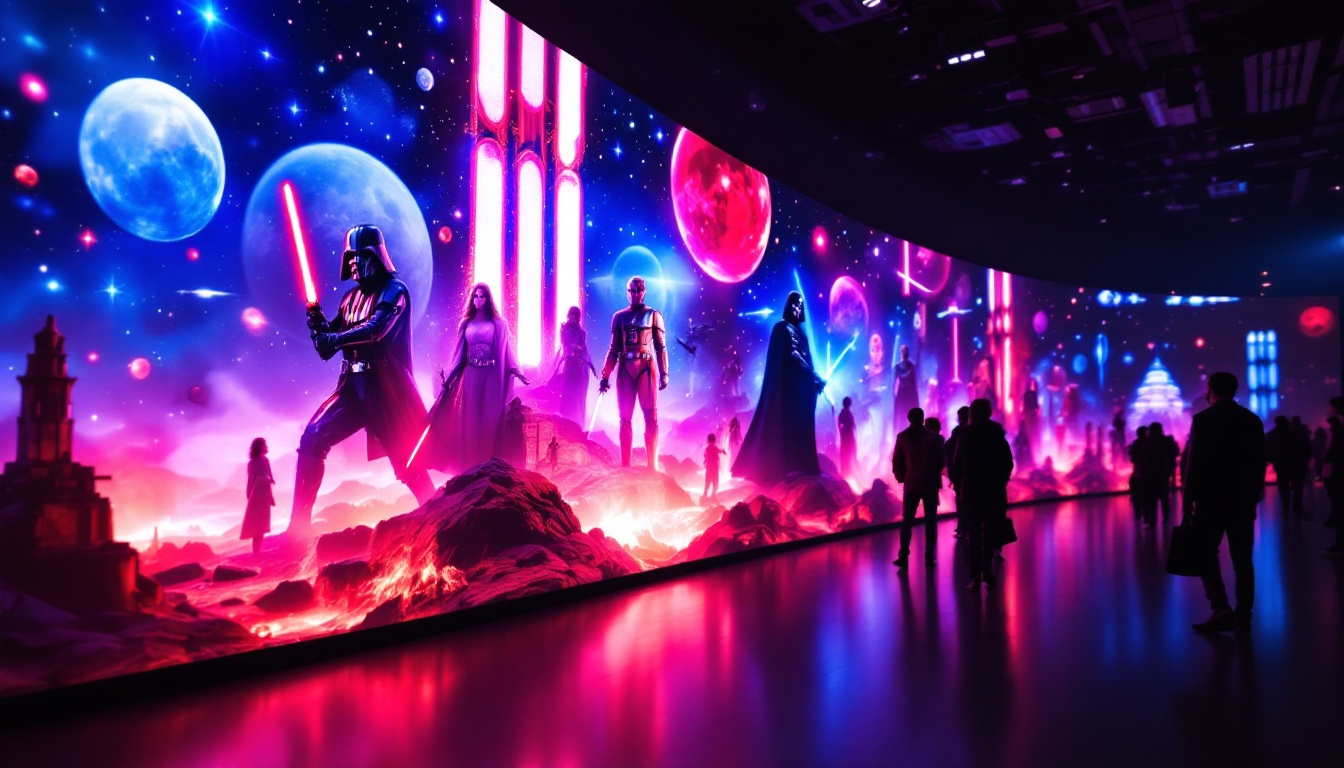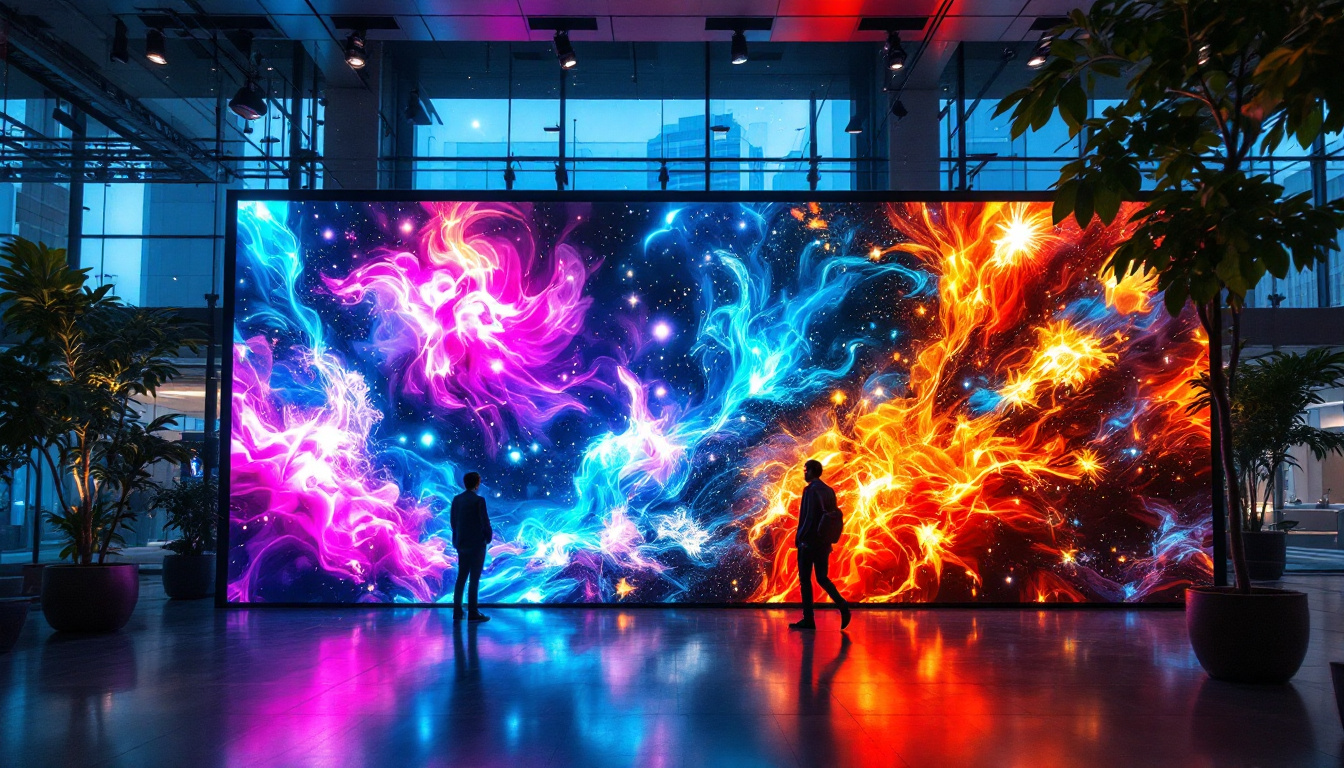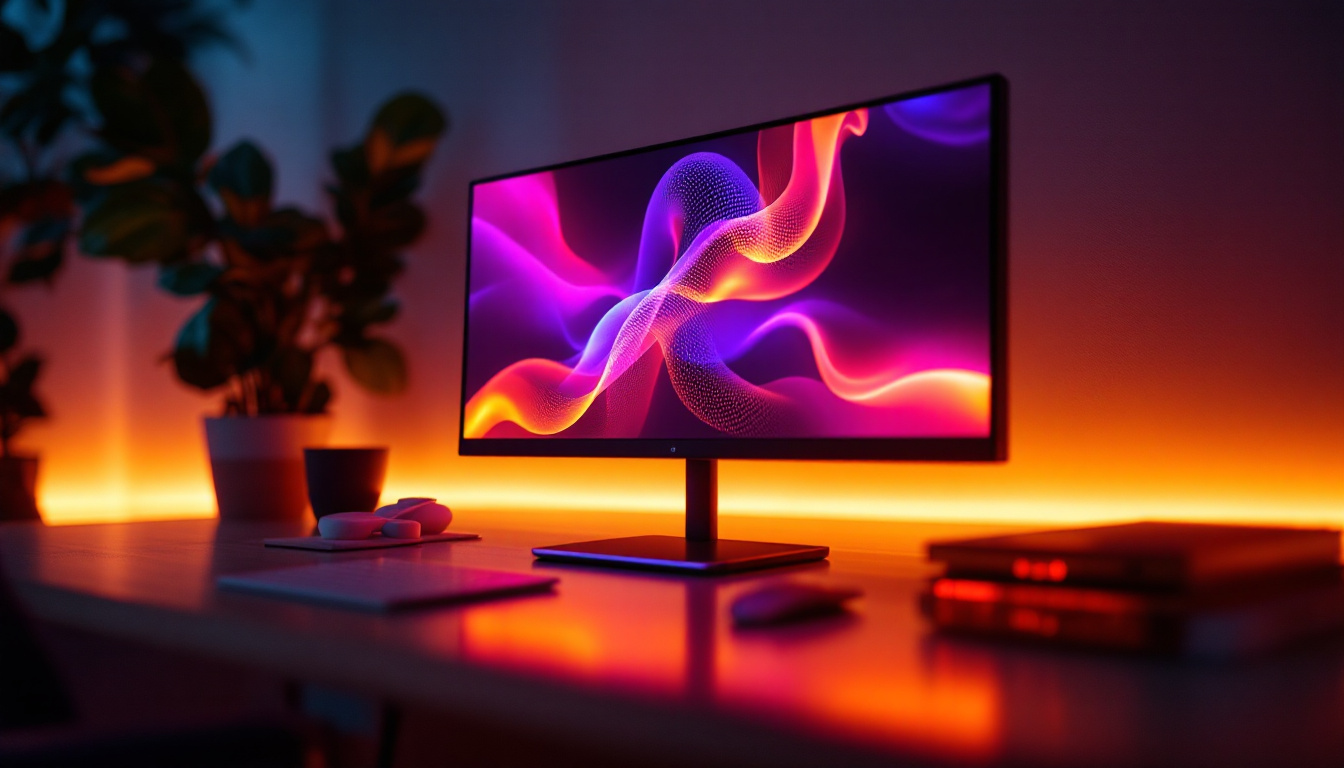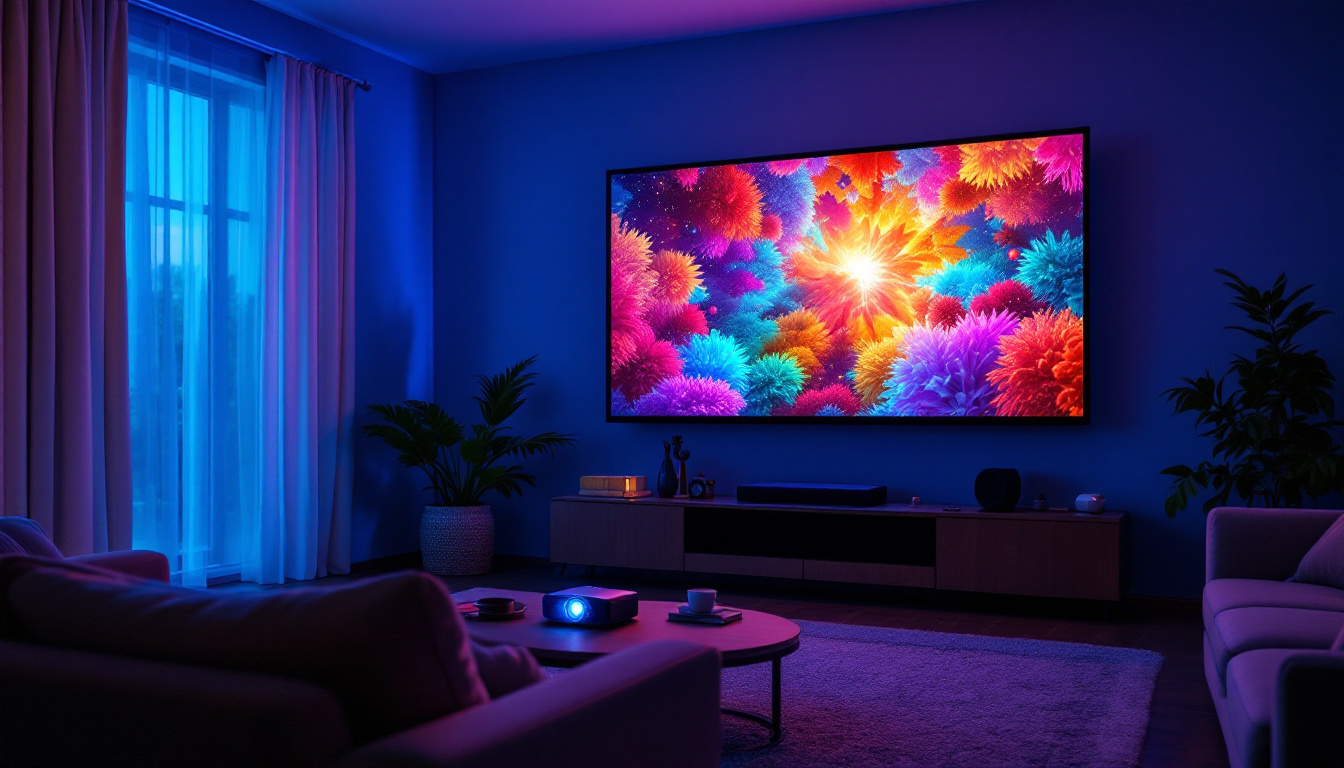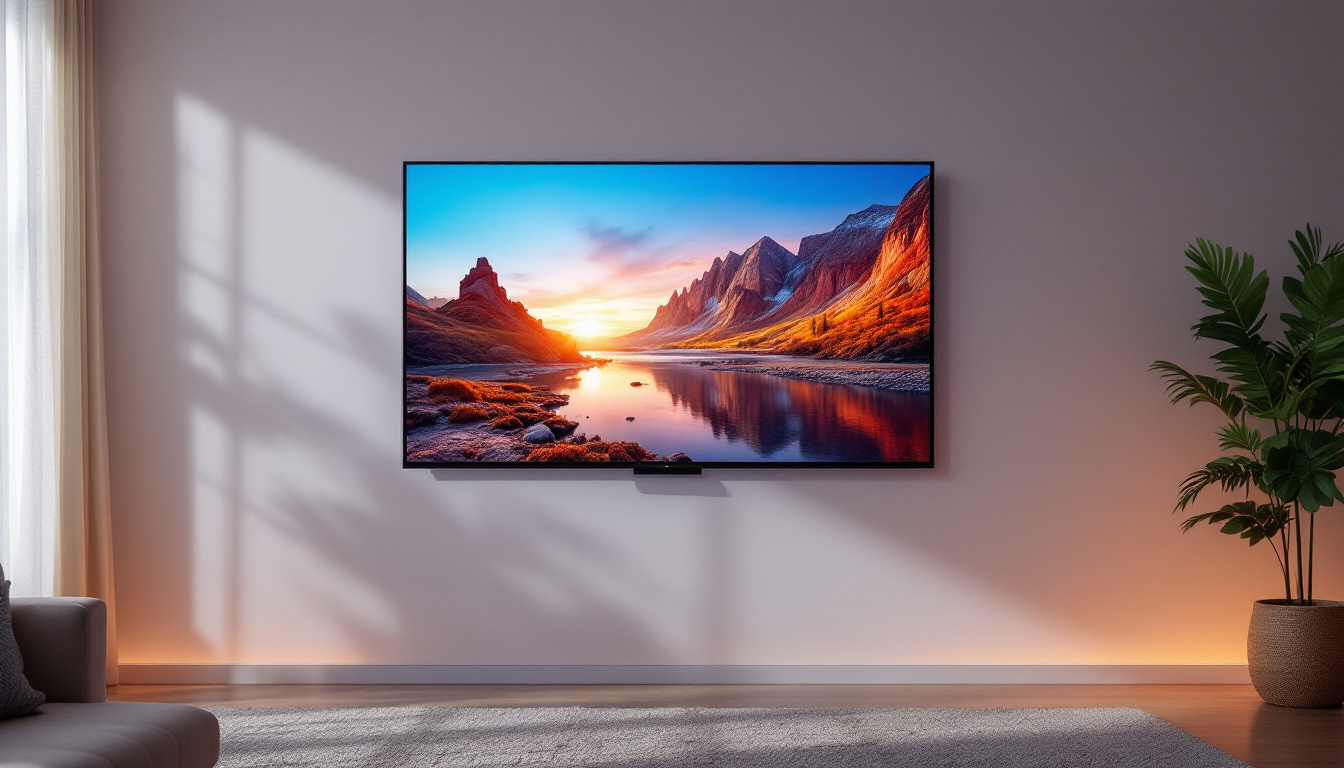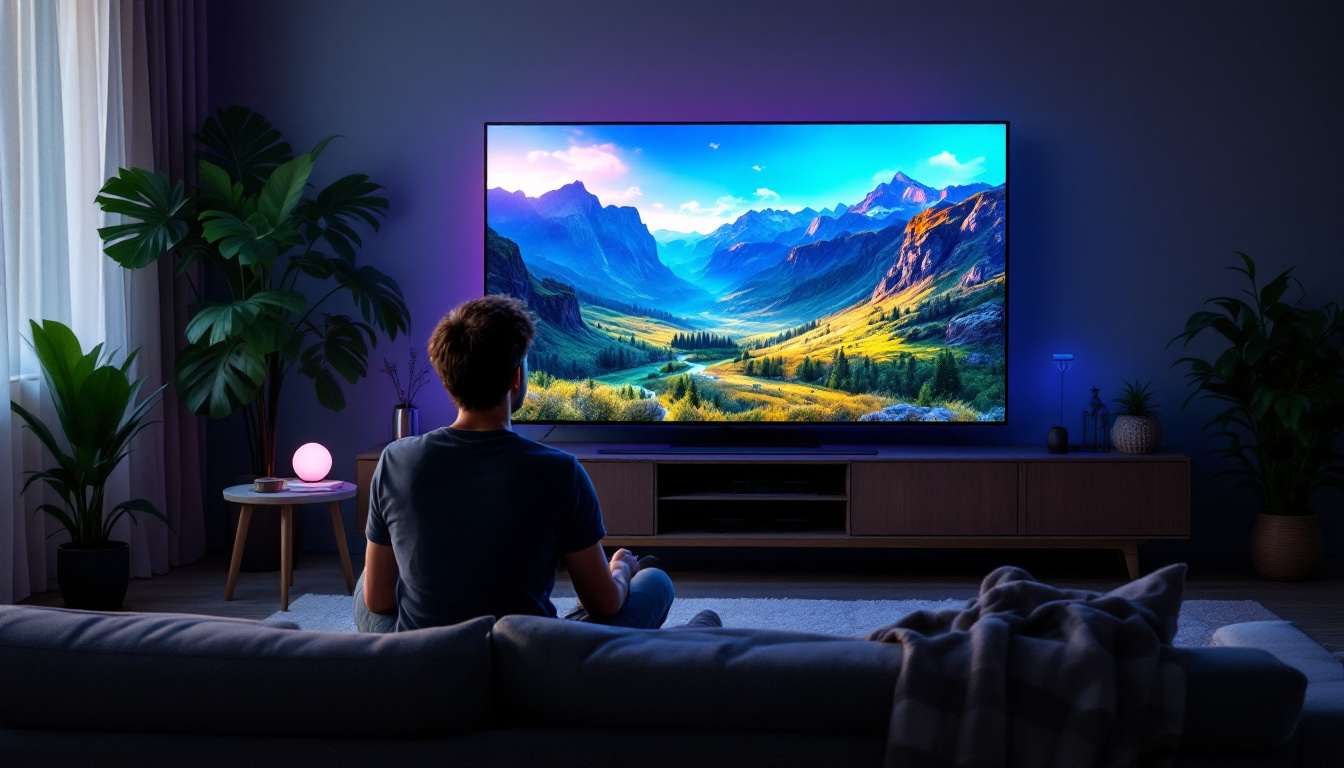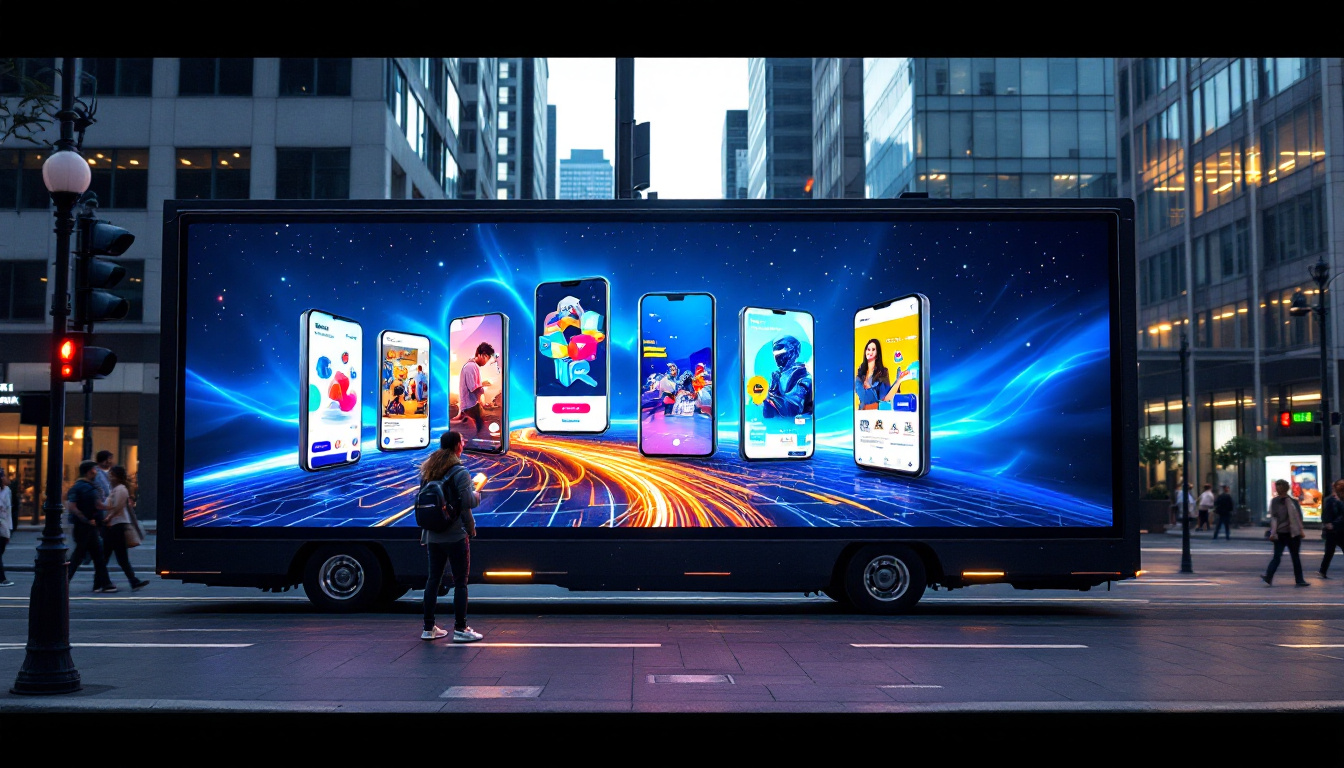In today’s fast-paced digital world, LED displays have become an integral part of communication and advertising strategies. From vibrant billboards to sleek indoor screens, LED technology has revolutionized how information is conveyed. This article delves into the various aspects of LED displays, exploring their functionality, applications, and the advantages they offer over traditional display technologies.
Understanding LED Technology
Light Emitting Diodes (LEDs) are semiconductor devices that emit light when an electric current passes through them. This technology has evolved significantly over the years, leading to the development of LED displays that are brighter, more energy-efficient, and longer-lasting than their predecessors. The transition from traditional incandescent bulbs to LED lighting has not only transformed the way we illuminate our spaces but has also had a profound impact on energy consumption and environmental sustainability.
LEDs are now recognized for their ability to produce light with minimal heat generation, making them safer and more efficient. This efficiency is particularly important in applications ranging from household lighting to large-scale commercial displays, where energy costs can be a significant concern. Moreover, the long lifespan of LEDs—often exceeding 25,000 hours—reduces the need for frequent replacements, further contributing to their appeal in both residential and industrial settings.
How LED Displays Work
At the core of an LED display are tiny diodes that generate light. These diodes are arranged in a grid format, with each pixel composed of red, green, and blue (RGB) sub-pixels. By adjusting the intensity of each sub-pixel, a wide range of colors can be produced, allowing for dynamic and vibrant images. This color mixing capability is what enables LED displays to render everything from simple graphics to complex video content with stunning clarity.
When an image is displayed, the control system sends signals to the diodes, instructing them on how much light to emit. This process occurs rapidly, enabling the display to show moving images and videos seamlessly. The precision of this control allows for high refresh rates, which are essential for applications such as gaming and live broadcasts, where smooth motion is critical. Additionally, advancements in technology have led to the development of smart LED displays that can adapt their brightness based on ambient light conditions, enhancing the viewing experience while conserving energy.
Types of LED Displays
LED displays come in various types, each suited for different applications. The most common types include:
- Direct View LED: These displays are made up of individual LEDs that form the entire screen. They are often used in large outdoor billboards and signage, where their brightness and visibility in direct sunlight are paramount.
- LED Backlit LCD: In this configuration, LEDs are used to illuminate an LCD panel from behind. This type is commonly found in televisions and computer monitors, providing improved color accuracy and energy efficiency compared to traditional fluorescent backlighting.
- Organic LED (OLED): OLEDs use organic compounds to produce light, allowing for thinner displays with better contrast and color accuracy. They are popular in high-end televisions and smartphones, offering deeper blacks and a wider viewing angle, which enhances the overall visual experience.
In addition to these common types, there are also specialized LED displays designed for unique applications. For instance, flexible LED displays are gaining traction in the market, allowing for creative installations that can bend and conform to various shapes. These displays are particularly popular in modern architecture and art installations, where traditional rigid screens would be impractical. Furthermore, microLED technology is emerging as a game-changer, promising even higher resolutions and greater energy efficiency, which could redefine the future of display technology.
Applications of LED Displays
LED displays are versatile and can be found in a variety of environments, serving multiple purposes. Their adaptability makes them suitable for numerous applications, ranging from advertising to entertainment.
Advertising and Marketing
One of the most prevalent uses of LED displays is in advertising. Digital billboards and storefront displays attract attention with their bright colors and dynamic content. Advertisers can easily update their messages in real-time, allowing for targeted marketing strategies based on time, location, and audience demographics.
Moreover, the ability to display high-definition video content enhances brand storytelling, making advertisements more engaging and memorable. This has led to a significant increase in the effectiveness of marketing campaigns.
Events and Entertainment
In the entertainment industry, LED displays play a crucial role in enhancing audience experiences. Concerts, festivals, and sporting events often feature large LED screens that display live feeds, graphics, and animations, creating an immersive atmosphere.
Additionally, LED technology is used in stage backdrops and lighting, allowing for creative visual effects that can transform any performance. The flexibility of LED displays enables event organizers to tailor visuals to match the theme and mood of the event.
Corporate and Educational Use
In corporate settings, LED displays are increasingly used for presentations, meetings, and information sharing. digital signage in offices can convey important messages, schedules, and announcements, improving internal communication.
Educational institutions also benefit from LED technology, utilizing displays in classrooms and auditoriums to enhance learning experiences. Interactive LED boards can facilitate collaborative learning, making lessons more engaging for students.
Advantages of LED Displays
LED displays offer numerous advantages over traditional display technologies, making them a preferred choice for many applications. Understanding these benefits can help businesses and organizations make informed decisions when investing in display solutions.
Energy Efficiency
One of the most significant advantages of LED displays is their energy efficiency. Compared to traditional incandescent or fluorescent displays, LEDs consume far less power while delivering superior brightness. This not only reduces electricity costs but also has a positive impact on the environment.
Many LED displays are designed with energy-saving features, such as automatic brightness adjustment based on ambient light conditions, further enhancing their efficiency.
Longevity and Durability
LED displays are known for their longevity. With a lifespan that can exceed 100,000 hours, they require less frequent replacement than traditional displays. This durability is particularly advantageous for outdoor applications, where exposure to weather conditions can lead to damage in other display types.
Additionally, LED technology is more resistant to shock and vibration, making it suitable for a variety of environments, including high-traffic areas and industrial settings.
High-Quality Visuals
LED displays are renowned for their exceptional image quality. With high resolution and vibrant colors, they provide clear and sharp visuals that can be seen from a distance. This quality is crucial for applications such as advertising, where capturing attention is essential.
The ability to display dynamic content, including videos and animations, further enhances the visual experience, making LED displays a powerful tool for communication.
Challenges and Considerations
While LED displays offer many advantages, there are also challenges and considerations that potential users should be aware of. Understanding these factors can help in making the right choice for specific needs.
Initial Costs
The initial investment for LED displays can be higher than that of traditional display technologies. While the long-term savings in energy costs and maintenance can offset this initial expense, organizations must consider their budget and return on investment.
It is essential to evaluate the total cost of ownership, including installation, maintenance, and potential upgrades, to make an informed decision.
Heat Management
LED displays generate heat during operation, which can impact performance and longevity if not managed properly. Adequate ventilation and cooling systems are necessary, especially for large installations. Failure to address heat management can lead to reduced brightness and lifespan of the display.
Organizations should work with experienced professionals to ensure that their LED display systems are installed with proper cooling solutions in place.
Content Management
To maximize the effectiveness of LED displays, organizations must invest in content management systems that allow for easy updates and scheduling of content. This can require additional training and resources to ensure that staff can effectively manage the display.
Choosing a user-friendly content management system can alleviate some of these challenges, allowing for seamless updates and engaging content delivery.
Future Trends in LED Display Technology
The LED display industry is continuously evolving, with new technologies and trends emerging regularly. Staying informed about these developments can help organizations remain competitive and leverage the latest advancements.
MicroLED Technology
MicroLED technology is an exciting advancement in the LED display space. This technology utilizes microscopic LEDs to create displays that are thinner, lighter, and more efficient than traditional LED displays. MicroLEDs offer improved brightness and color accuracy, making them ideal for high-end applications.
As manufacturing processes improve, MicroLEDs are expected to become more accessible, leading to wider adoption in consumer electronics, including televisions and smartphones.
Flexible and Transparent Displays
Another trend gaining traction is the development of flexible and transparent LED displays. These displays can be bent or shaped to fit various surfaces, opening up new possibilities for creative installations. Transparent displays can be integrated into windows or glass surfaces, allowing for advertising without obstructing views.
This innovation is particularly appealing for retail environments, where brands can showcase products while maintaining an open and inviting atmosphere.
Integration with Smart Technologies
The integration of LED displays with smart technologies is also on the rise. This includes features such as IoT connectivity, enabling displays to interact with other devices and systems. Smart LED displays can analyze viewer engagement, adjust content based on audience demographics, and even integrate with social media platforms for real-time updates.
As smart technology continues to advance, LED displays will likely become even more interactive and responsive, enhancing user experiences across various applications.
Conclusion
LED displays have transformed the way information is shared and experienced, offering unparalleled brightness, energy efficiency, and versatility. As technology continues to advance, the potential applications and benefits of LED displays are set to expand even further.
Organizations looking to invest in display solutions should carefully consider their specific needs, budget, and the advantages that LED technology can provide. By staying informed about emerging trends and innovations, businesses can leverage LED displays to enhance communication, engage audiences, and ultimately drive success.
In a world where visual communication is key, LED displays stand out as a powerful tool for capturing attention and conveying messages effectively. As industries continue to evolve, the role of LED technology will undoubtedly grow, shaping the future of display solutions.
Discover LumenMatrix LED Display Solutions
Ready to elevate your visual communication with the latest in LED technology? Look no further than LumenMatrix, a pioneer in crafting immersive LED display modules designed to amplify your brand’s presence. From the vibrancy of an Indoor LED Wall Display to the dynamic impact of an Outdoor LED Wall Display, LumenMatrix offers a comprehensive range of solutions including Vehicle LED Displays, LED Poster Displays, and even Custom LED Displays tailored to your unique needs. Embrace the future of digital signage with LumenMatrix and transform your space into a captivating visual experience. Check out LumenMatrix LED Display Solutions today and start making a lasting impression.


